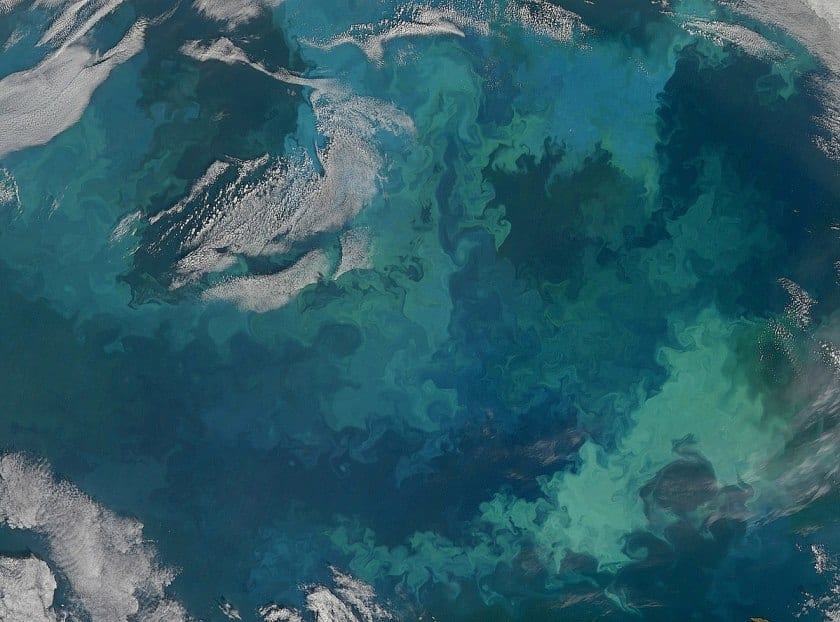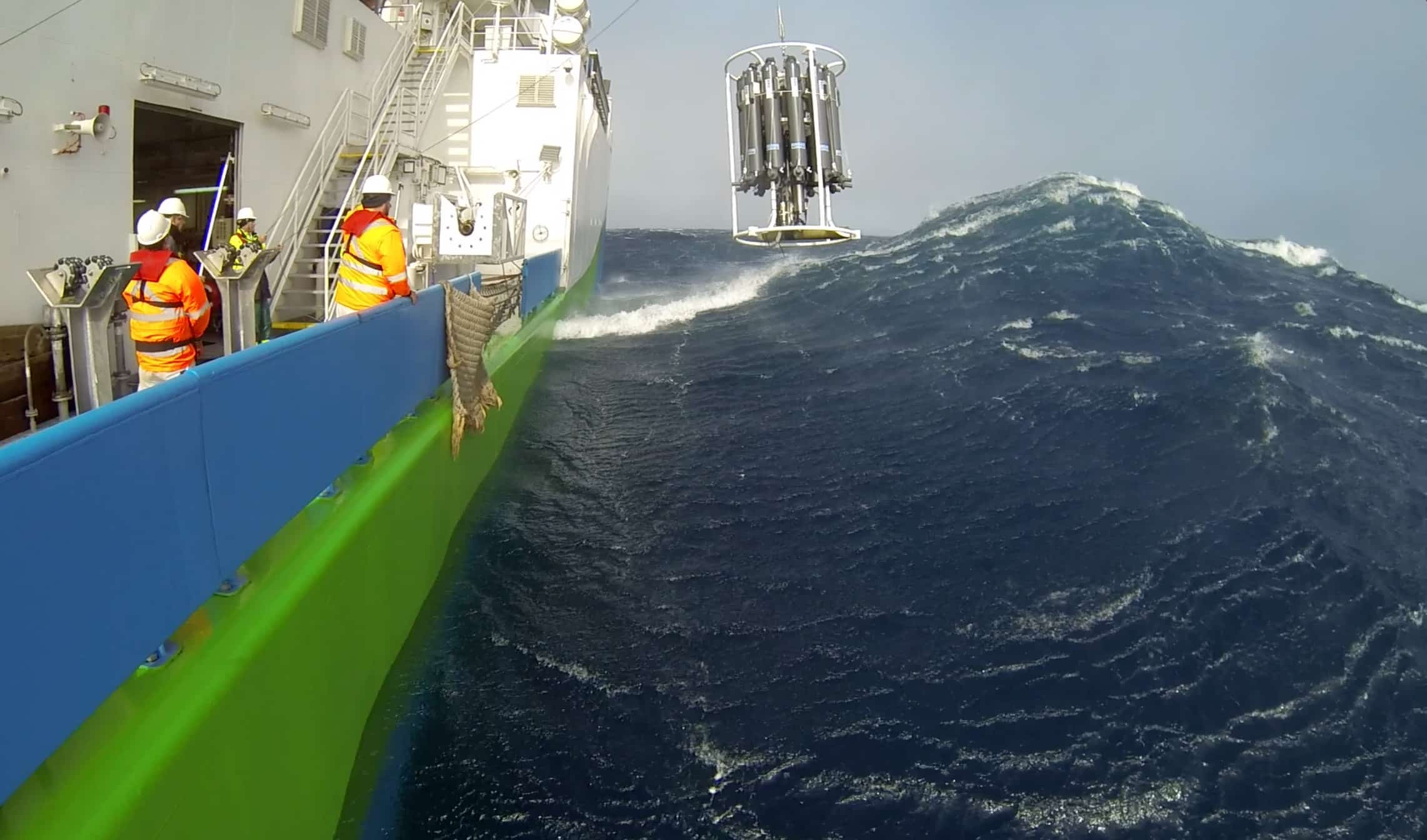The US government takes steps towards making something that sounded like science fiction a reality. On Wednesday, the National Academy of Sciences revealed new research detailing six means of practicing ocean geoengineering in order to trap more carbon dioxide and hold it back for centuries.
The report (over 300 peer-reviewed pages) examines a number of ideas. These include stimulating electrical currents in seawater and dumping iron into the ocean to create massive plankton blooms. All are still at an early stage, but the document serves as a roadmap for developing projects and a legal framework for the eventual adoption of these techniques.
Technical evidence of "seizure"
The generic term for these methods would be "CO2 sequestration", and in these cases it is a real form of geoengineering. We do not have the capacity to implement them at this time. The few methods (all terrestrial) already in the field still cost too much: this new report it analyzes the oceans, what can be considered the largest "well" where to put CO2.
The oceans are absorbing a lot of our pollution. It's getting difficult (I rephrase: impossible) keep global warming below the threshold of 1,5 degrees Celsius (2,7 degrees Fahrenheit) outlined in international agreements. The most studied form of ocean geoengineering is the fertilization with iron, to encourage plankton blooms to absorb carbon. Other techniques, equally familiar, contemplate cultivation of algae and forms of ecosystem restoration.
Other geoengineering techniques are more imaginative. Among these are the induction of upwelling and downwelling artificial, so that the ocean water at the surface absorbs more carbon, then carries it down to the depths. Another approach is putting lime or other alkaline agents into the ocean. This will help reduce ocean acidification caused by CO2 and make it easier for the oceans to absorb carbon pollution. The third way is filter sea water through machinery that would attract and store CO2.
Ambitious geoengineering: the consequences
All of these geoengineering techniques have many obstacles to overcome.
In terms of feasibility: Dumping iron into the sea, for example, can have harmful effects on marine life and fisheries, while removing carbon dioxide from the water would require a significant amount of electricity. And many doubt the permanence of these approaches. To work, the sequestered CO2 would actually have to end up on the seabed. If it stays in the top 3.280 feet (1.000 meters) of the ocean it will return to the atmosphere, negating all efforts. All these doubts require extensive investigation.
On the regulatory level: the Paris Agreement provides implicit support for carbon dioxide removal with several mentions of carbon sinks. But other treaties, such as the Convention on Biological Diversity, place de facto moratoriums on marine geoengineering. Here too, further investigation is needed.

In short (Italian only)
Overall, these difficulties slow down the adoption of geoengineering methods on the oceans, but they do not stop it. And on the other hand, it is necessary to take them into consideration (if safe, obviously): to achieve the goal, the world will have to remove approximately 10 billion tons of CO2 from the atmosphere every year by 2050. A goal which could cost over 2 billion euros.
The economic aspect, in turn, matters a lot: the capture of CO2 (also through geoengineering of the oceans) "threatens" to make the private sector incredibly rich. An industry worth 10 billion euros a year could be born around an enterprise of this kind (I repeat: 2 billion tons of CO1000 to be sequestered every year). a $1 trillion a year industry.
Also for this reason the report asks that the “robust” legal framework be established by the legislators, but that the studies also arise from private investments.


